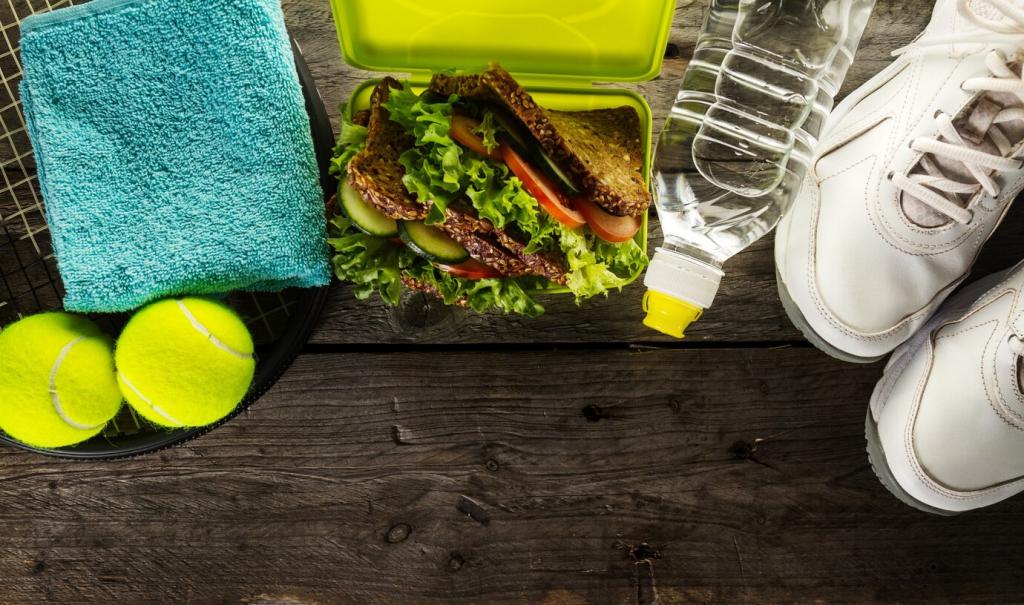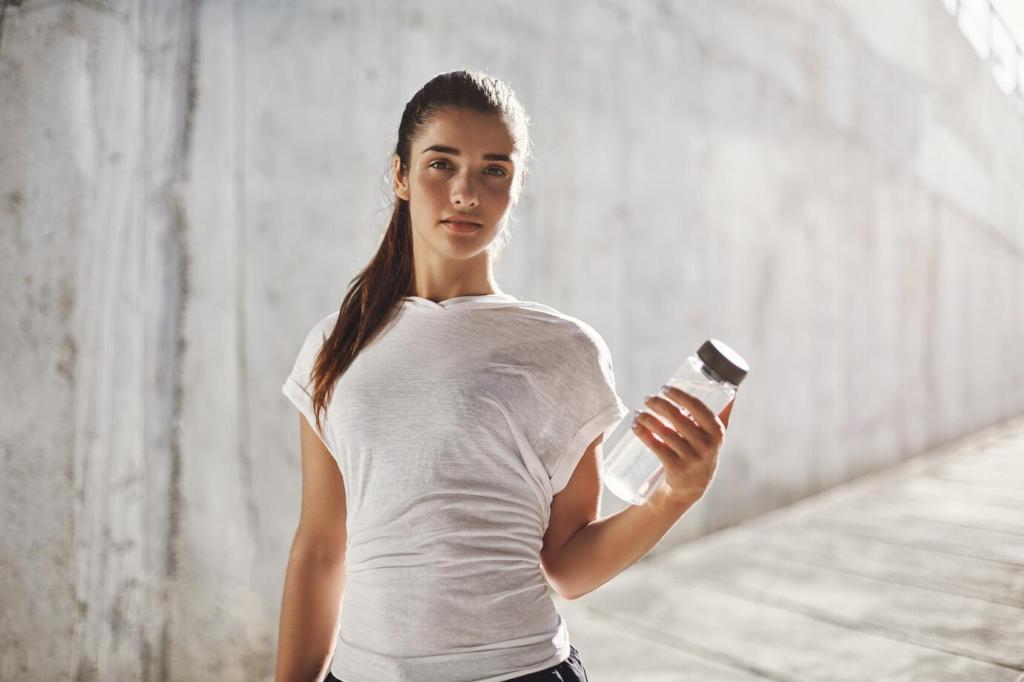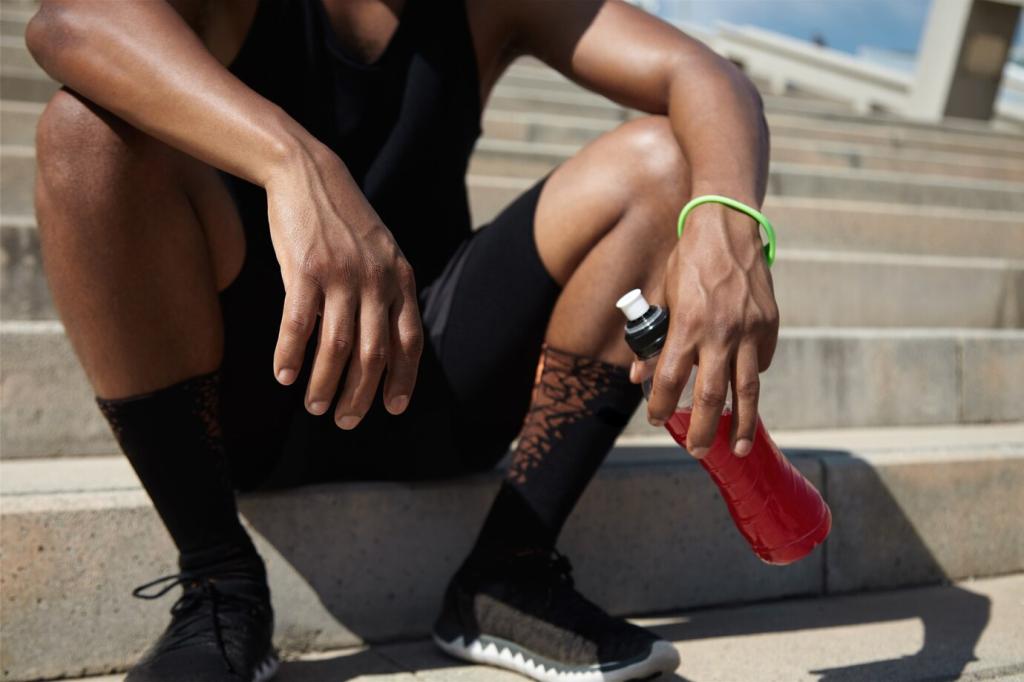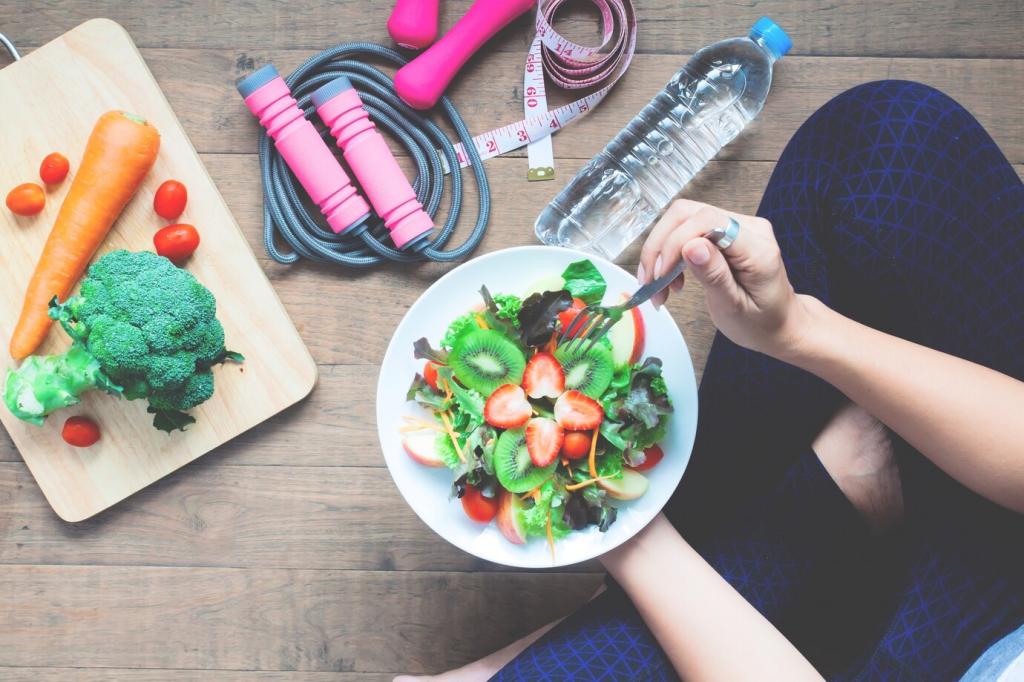Hydration Tips for Athletes: Perform Better, Recover Smarter
Chosen theme: Hydration Tips for Athletes. Whether you sprint, lift, or ride, smart fluid and electrolyte strategies amplify endurance, clarity, and recovery. Dive in, share your routine, and subscribe for weekly, evidence-based hydration prompts tailored to real training lives.
Why Hydration Matters More Than You Think
Losing as little as two percent of body mass through sweat can reduce aerobic performance, impair decision-making, and raise heart rate. Athletes often notice earlier fatigue and muscle cramping. Have you measured your typical loss? Comment your numbers and compare experiences.

Why Hydration Matters More Than You Think
Sodium drives fluid absorption and helps prevent dangerous dilution of blood sodium. Potassium supports nerve impulses and muscle function, while magnesium contributes to contraction efficiency. The balance matters. Tell us which electrolyte mixes have worked best during your hardest sessions.
The 2–4 Hour Window
Aim for roughly 5–7 mL of fluid per kilogram body weight about four hours before exercise. If urine remains dark or minimal, add 3–5 mL/kg two hours out. Include a pinch of sodium or a salty snack to improve retention and reduce bathroom stops.
Thirty Minutes Out
Top off with a small 200–300 mL sip, especially in heat. Avoid aggressive chugging that sloshes uncomfortably. If you’re a heavy sweater, choose a drink with modest sodium. What’s your go-to pre-session beverage? Post it and help others test smarter.


Smart Hydration During Training and Races
Weigh nude before and after an hour session, tracking fluid taken and any bathroom breaks. One kilogram change equals about one liter. Many target replacing sixty to ninety percent of losses during longer efforts. Try it this week and post your sweat rate for peer comparison.
Smart Hydration During Training and Races
Hot, humid conditions reduce evaporation and accelerate losses; altitude increases breathing and water needs. Adjust frequency and sodium accordingly. Plan aid-station strategy or carry soft flasks. Comment where you train and we’ll suggest adjustments suited to your environment.
Recovery Rehydration That Actually Sticks
Within two to four hours after exercise, target about one-and-a-half times the fluid you lost. This accounts for ongoing urine and sweat. Spread intake steadily rather than gulping. Track your body mass trend week to week and report how quickly you return to baseline.


Recovery Rehydration That Actually Sticks
Sodium helps keep what you drink. Combine fluids with salty foods—broth, olives, pretzels, or a purpose-built recovery drink. A modest carbohydrate plus protein snack supports glycogen and muscle repair. Share your favorite post-workout pairing to inspire better recovery menus.
Avoiding Overhydration and Hyponatremia
Recognize the Risks
Hyponatremia presents with headache, nausea, confusion, bloating, and sometimes swelling of hands or feet. It’s more common during long, slow events with heavy drinking. If symptoms appear, seek medical help promptly. Have you seen it on course? Share what clues stood out.
Drink to Plan, Not Just Thirst
Thirst is a helpful signal for many, but it lags under stress. Use sweat-rate data to guide ranges, then refine by feel. Avoid rigid hourly targets that push overconsumption. Post your plan template and how you tweak it for different race distances.
A Cautionary Tale
During a humid half marathon, a runner drank at every station despite low sweat rate. By kilometer fifteen, dizziness struck. A medic flagged hyponatremia risk. A better approach: sodium-inclusive sips tied to measured losses. What safeguards will you adopt next race?
Build Your Personal Hydration System

Map training intensity, duration, and climate. Note bathroom frequency, body mass changes, and cramp patterns. Assign a target range for each session type. Then review Sundays and adjust. Share a screenshot of your audit and we’ll offer community feedback.
Join our mailing list
